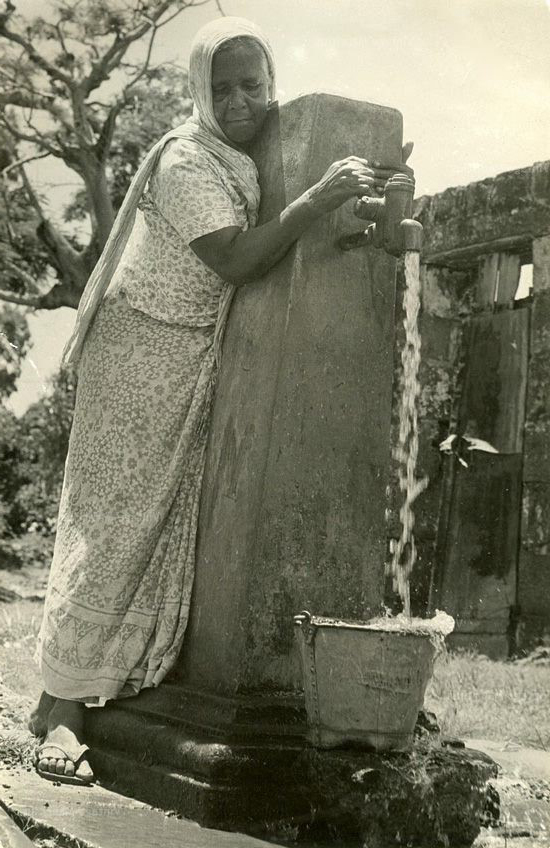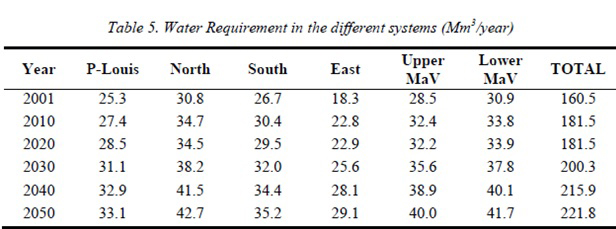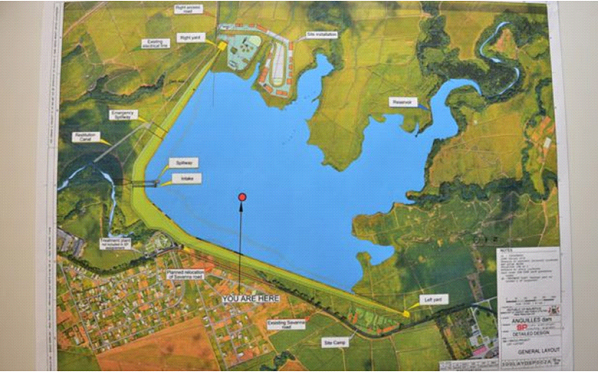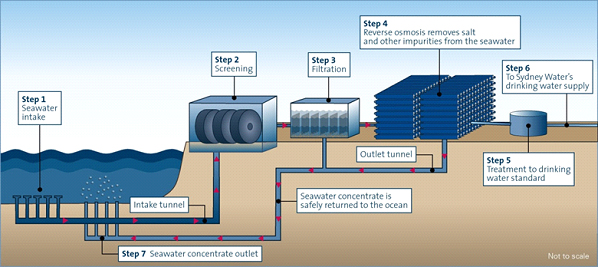Located in the Indian Ocean surrounded by sea water, Mauritius needs no introduction. It is said that heaven was created after Mauritius for its beautiful beach, forest and sea.
In 1968, Mauritius was decolonized from the British Empire with 798,413 people on the Island and in the late 70s, fresh water was only accessible at fountains which were available throughout the island, bearing in mind that the country was not industrialized and the laundry, household utensils were being washed at river banks. Consumption at fountains was mainly used for cooking and self-cleaning.

Presently, our fresh water consumption is 50% boreholes and 50% surface water comprises of 4 natural reservoirs:
| Year | |
| Mare aux Vacoas Reservoir | 1885 |
| La Nicoliere Reservoir | 1929 |
| Piton du Milieu Reservoir | 1952 |
| La Ferme Reservoir | 1914 |
Most of the rivers in Mauritius spring of the central plateau and flow radially to the sea. Most of them are perennial. Water is also abstracted from 350 rivers run off takes. Such off takes permit an average annual mobilization of 514mm3 of surface water. The population has access to pipe potable water and it was published by The Housing Population census 2000 survey that 98.7% of the population has access to piped potable water within their premises. However, in 2020 we are facing severe droughts as we are not having regular rainfalls as compared to the 2000.

Since independence, the only tangible advancement we have made in the matter of storing adequate supplies of water has been in the construction of the Midlands Dam and the Bagatelle Dam. The Midlands Dam has added another 25 cubic million gallons of water to our reserves, equivalent to the full capacity of the Mare-aux-Vacoas reservoir. Yet the population has more than doubled. Water-intensive industrial activity and tourism sectors have expanded many-fold. Certainly, the addition to supply by the Midlands Dam has not been commensurate with the growing demand.
The Bagatelle Dam’s initial cost was at Rs 2.8 Billion plus additional cost of approximately Rs 2.7 Billion as there were two major design changes, namely in September 2012, change of the spillway from Ogee type to Morning Glory and in January 2013, suspension of grouting (a procedure by means of which a mixture of cement and sand and other materials such as epoxy are injected into voids and cavities in soil or rock formations to reduce permeability and increase strength) and design and construction of a Cut Off Wall of 80 cm thickness and average depth of 30 meters along the entire dam foundation as dam foundation treatment. Hence the total cost for the dam was Rs 5.5 Billion and the project was completed in June 2017.
Furthermore, Budget 2018-2019 makes provision for a water supply infrastructure development programme which will be geared towards improving water supply across the country. In this context, over the next three years some Rs 3.3 billion has been invested in the replacement of 300 kilometers of pipeline, the construction of five service reservoirs, the replacement of 75 000 water meters.
Last but not least, the present government has a new plan called the Riviere Des Anguille dam. This project has an estimate cost of Rs 8 Billion and it will cater for actual/future water demand up to 2050. Over run is not accounted for the time being.

On the other side, many countries have adopted the desalination plant as one of the main source of supply of water. There are approximately 16,000 operational desalination plants, located across 177 countries, which generate an estimated 95 million m3/day of freshwater. Recently, the UAE has aimed for a new project of desalination for the cost of 800 Dirhams approx (USD 218 Million) equivalent to MUR 8.6 Billion which has the same cost of the Riviere des Anguille dam. Israel has built the 1st largest Reverse Osmosis Desalination plant producing 330,000m3 gallons per day, completed in 2005 with a total cost USD 212 Million.
As illustrated above, it clearly states that the same amount was spent in Mauritius for a Dam but still resulting in water shortage. The inhabitants of L’escalier, Village au Morne, Riambel amongst others had no choice to show their grievances during this summer 2020. We can say that it is the nightmare from November to March every year. It has also become the routine of the Minister of public utilities to issue communiqué regarding the drought during that period. So much money was deployed in dams those years, we could have easily afforded the DESALINATION PLANT which would have solved the water shortage in our country for the next 50 years. Having said so, we are yet to invest in the Riviere des Anguille dams with the approximate cost of Rs 8 Billion. We can easily opt for the desalination which has the opportunity to increase the capacity when it is required unlike dams we have to look for new places every 10 years, bearing in mind we have limited amount of unoccupied land and with the guaranty that can transform seawater into freshwater rather than waiting for rainfall. All criteria of the EIA protocol should be met without any compromise.

Thinking of huge amount of money spent on to store freshwater could have been used otherwise like those 177 countries. It has been in the best interest of all governments to vote for project that is NOT LONG TERM SOLUTION as the L’industrie Kokin will have to benefit from it. Same applied for so many projects. It is the best interest of every minister to keep the projects to flow after each 5 year by doing some amateur work with huge funding. Every 5 years, you will be hearing fantabulous projects coming out here and there not mentioning the cost or why the previous project had failed. Politicians will keep you thirsty and will then promise “Delo 24/7” which was sadly denied in 2020 by none other than PK stating that “24/7 pas veut dir 24hr lor 24 ek 7/7jours”.
Finally we can say it is, THE MAN MADE DROUGHT.











